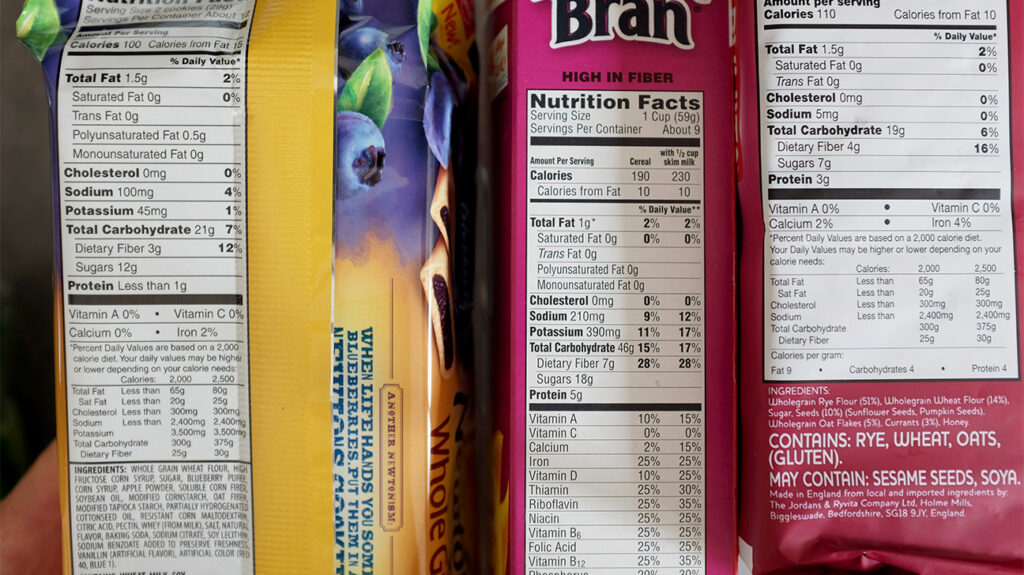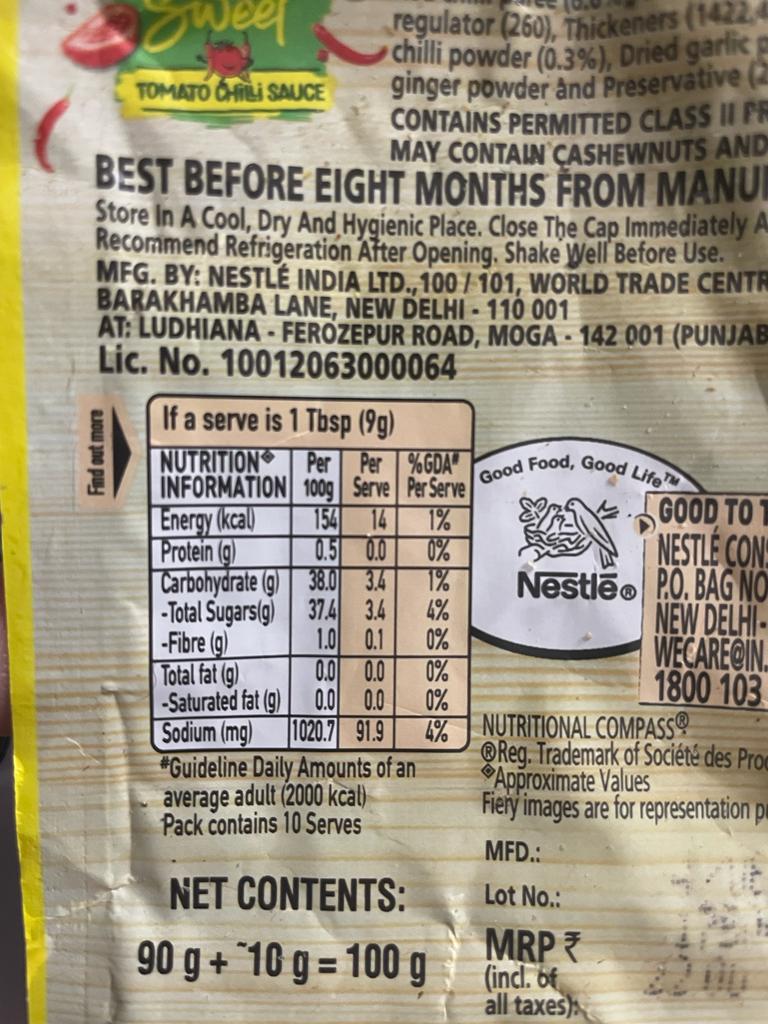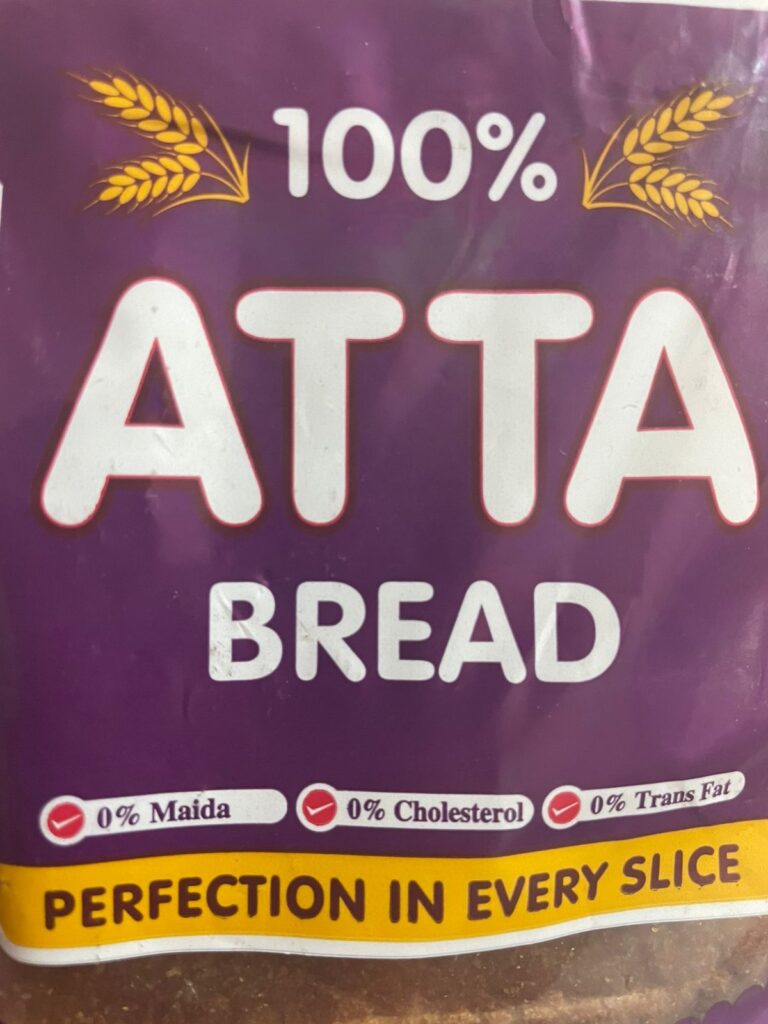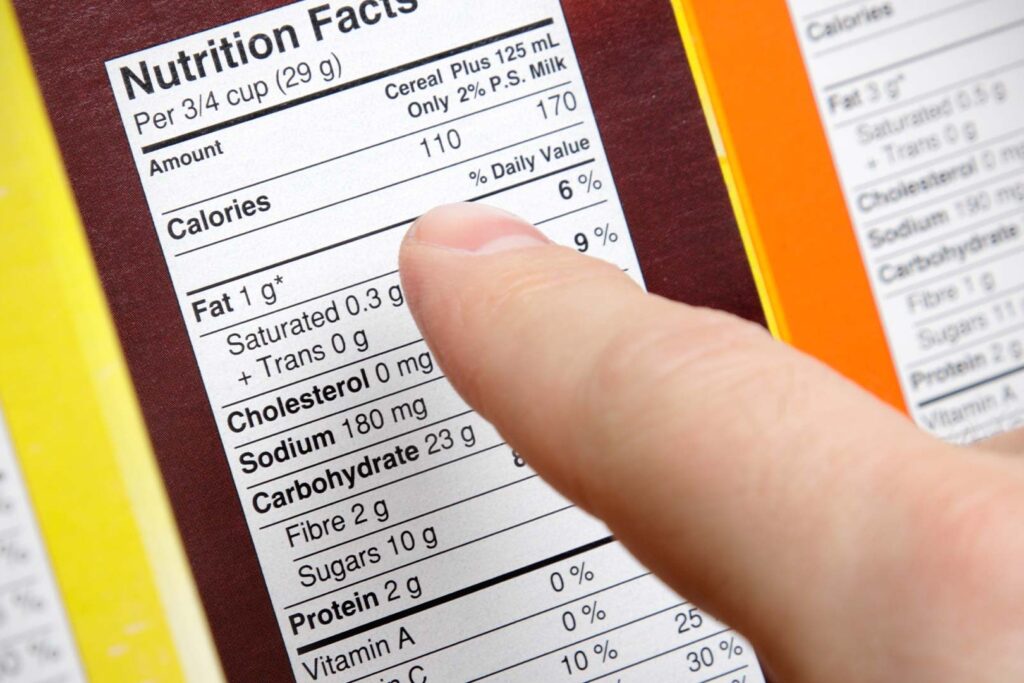The food label tells you the nutritional content of a food to help you make wise choices about what you consume—it’s easy to read and allows you to quickly find information. In addition, standardized serving sizes make product comparison easier. Therefore reading food labels is critical to make the right choices.
Reading food labels is an important habit for a healthier lifestyle. All foods are not created equal. Two brands of the same type of food may have two completely different food labels. One may have more calories, fat, or sodium than the other.
Infact, you may also find out not just the nutritional content of the product but also the hidden values of the products that you are buying. Here are list of 15 things to check before your buy the right product for you and your family:
1. Check Net Weight/ net Quantity while reading food labels:
Its really important to check how much of the product you are buying. I see a lot of people buy products in bulk in lew to the offers they get. Sometimes it is buy one get one or sometimes it is 20/30/40 % off offers that makes you buy bigger package prices. Try to calculate your consumption and buy what is needed.
While reading food labels, net weight also helps you determine how much of the extra sugar/calories would you end up consuming buying that pack since each pack gives you nutritional fact per 100g only. For example if you are buying a juice pack. Buying a juice pack of 150 ml vs 1000 ltr. You might see calories per 100 ml only but in actual your end up buying a pack of 100 ml x 10.

2. The Nutritional Facts / 100g
Whatever you buy, whether it is ketchup sauce, or cookies to juices, canned food to your favourite mayo. Make sure to read nutritional facts and the breakup of each of these products.
A few examples totally shocked me when I read their food labels. One of the examples were the ketchup used in our home. Here is the copy, have a look:

If you check carefully, per 100g of tomato ketchup has 37g of plain sugar. And 1 spoon that is 1 serve (approx) 9g of serving size has 3.7g of sugar alone. Well, thats alot, alot and alot of sugar in ketchup!
3. Key Ingredients (Part I):
Reading food labels, reading key ingredients is extremely important. Most of the time we read only the front and end up missing out on what is the actual ingredients of the products. Here is what we should check when it comes to reading ingredient labels:
a) Read the key ingredients: For example, is the may ingredient for ketchup is tomatoes or not. Is the main ingredients for atta bread is atta or not.
Here is a food label of a famous atta bread which claims to be 100% atta on the front. I am sure when you read this, you think it is pure atta alone right? But looks at the labels here:


If you notice, in spite of claiming to be 100% atta/wholewheat. Wholewheat flour is only 54% in this bread. If you see the other ingredients include Wheat protein and Soya Flour. If not maida.
4. Key Ingredients (Part II):
Checking the INS of every number and category written in the ingredient section: INS stands for International Number system. In the categories of Emulsifiers, Thickening agents, preservatives, acidity regulators and improvers have been given a number. If you doubt any of the products, you can also find out each of these numbers and see if they are approved yet or not.
Avoid the food with the following Food additives:
102, E102, 104, E104, 107, E107, 110, E110, 122, E122, 123, E123, 124, E124, 127
The list is attached in this link.
5. Sugar as food Label
Always and always check sugar content of any particular product. I see sugar everywhere. Wheater it is bread or ketchup or even sugarfree drinks. many a time it would say no added suagr. However the product may already have added sugars in it. Sugar alone as a label can save you for opting in for hidden calories without knowing.
6. Different types of Oils used in preparation
Fats and oils can come from many sources, like animal fats, fish, seeds, plants, and nuts. Reading the ingredient lists on products will reveal the source of the fat. For oils and fats ingredient lists, fats and oils are referred to by their common names (e.g., “beef fat,” “cottonseed oil”). Like other ingredient lists, the types of fat and oils used should be listed by predominance. However, if there is a blend of fats, the ingredient list may say “___ shortening” or “blend of ___ oils” with the blank being filled by “vegetable,” “animal,” or marine,” whichever is applicable. If the ingredient is a blend, there must be a list of which specific fats or oils are used in the blend (e.g., “vegetable oil shortening (soybean and cottonseed oil)”).
Many of Indian origin products would either use Soyabean oil or palm oil. The reason why these oils are used is because these oils are cheap and are easily available. However, due to its processed nature, they are not advisable to be consumed. Therefore, avoid food pruducts using low grade oil.
7. Organic vs Non organic labels
If the product says it is organic, please do not agree to it. That may be a trap. If you are buying in the US market, always buy organic certified products certified by USDA or with a certified naturally grown.
Fssai food label vs organic fssai food label for Indian consumers. If you are buying any organic product do check for these labels on your products.


Please note, Indian Organic is a mark of assurance for organically grown food and processed food made in India.
8. The critical dates of your product:
Always check for manufacturing date, expiry date and the Best before statement and match both. If both in alignment with each other that means that products shelf life is mentioned correctly. If the deviation is large then there can be an issue with the product printing.

Please note, A date label on food should indicate the last date where the food maintains peak quality and flavor. Date labels are meant to reflect quality, not food safety.
9. Packaging
Food packaging serves many purposes, from protecting the food to creating portion sizes to offer information on the product.
However, what is not well known about food packaging is the different types of packaging available. There are nine types available: Plastics, tray, bags, cans, boxes, cartons, flexible packing, thermocol packaging & wraps.
Refrain from buying food products that are your regular food products and are packed in plastic form. Bottles, bags. covers or even wraps. Plastics not only have ill effects on health but also affect the environment.
10. Check the calories; Check Fat free or not
All too many people think the “110 calories” posted on that 20-ounce bottle of cola means they’re drinking 110 calories. Hardly. You’ve got to multiply the 110 calories by the total number of servings, 2.5, to realize that you’re actually downing a whopping 275 calories.
Also check calories from fat,
It’s on the Nutrition Facts label. Unfortunately, it doesn’t tell you “percent of calories from fat,” which is how all health guidelines direct us to limit fat. You’ve got to do a little math. Divide the number of calories from fat by the total calories. (If the serving’s 150 calories, 50 of which are fat, your product is 33% calories from fat.).
If division trips you up, go by grams. Use this easy rule. If a product has 2 grams of fat or less per 100 calories, its fat content is within Pritikin guidelines for processed foods: the fat, per serving, is 20% or less of total calories. You don’t have to be a mathematician to realize that 4 grams of fat per 100 calories is double the fat recommended by the Pritikin Eating Plan.
Don’t be fooled by claims like “99% fat-free” soup or “2% fat” milk. They’re based on the percent of weight, not percent of calories. So that can of 99% fat-free soup may actually have 77% of its calories from fat, or more. And 2% fat milk actually has about 34% of total calories from fat; 1% milk has about 23% calories from fat.
If you are struggling shedding weight. You can talk to us by taking this assessment: Click here
For more information click here

